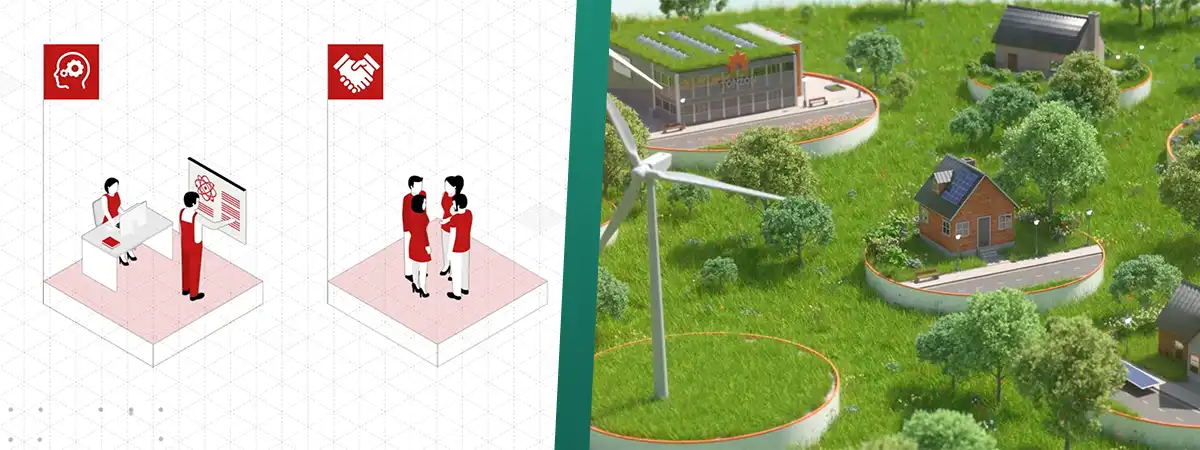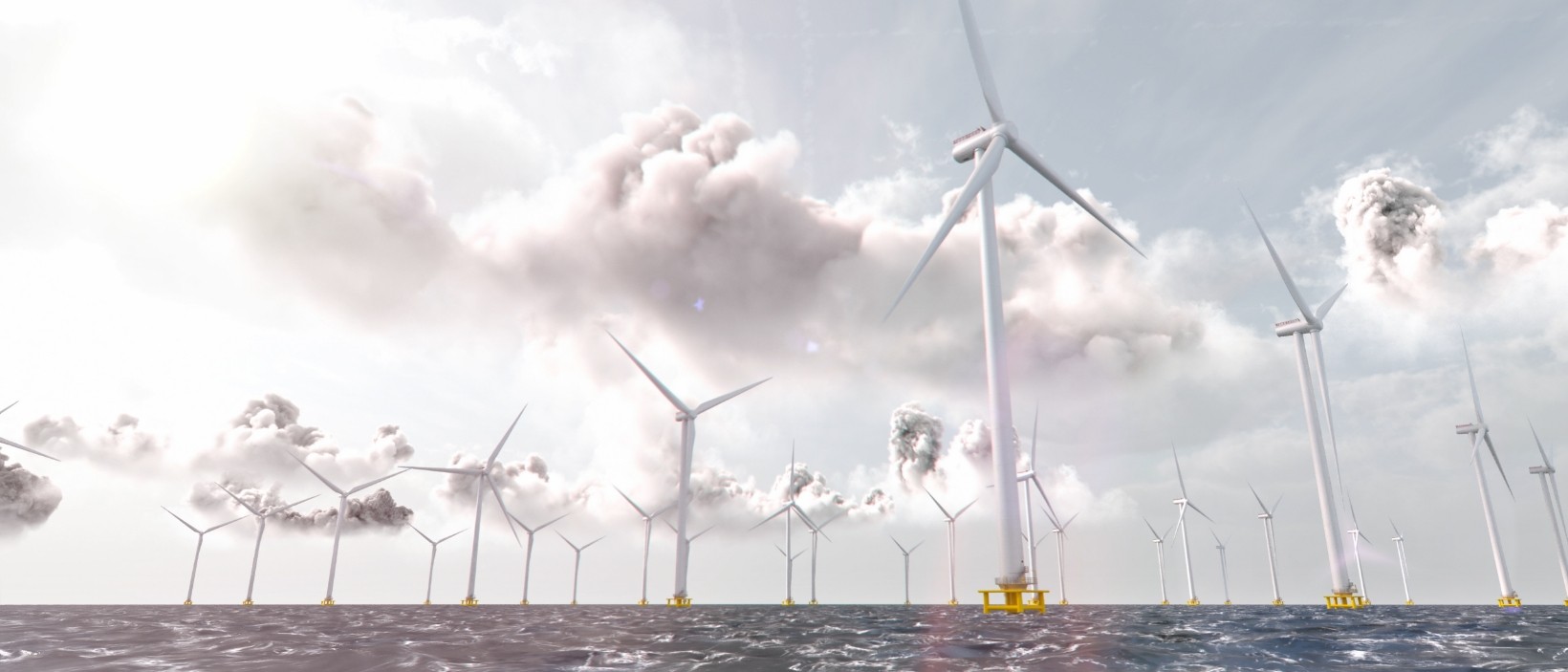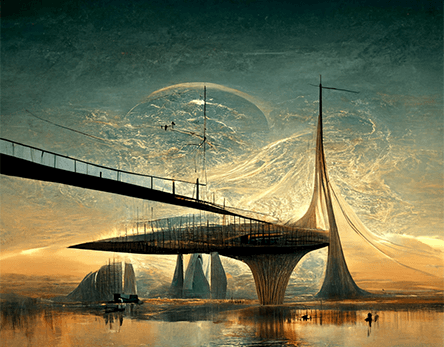3D animation, 2D animation, and motion graphics. What is the difference?
Author
Roland Guijs
Date
May 1, 2023
Reading time
5 minutes
Themes
It is an increasingly used tool for content marketing: animation. Especially for complex or abstract topics, it is the ideal way to visualize them.
In the technical sector, it often comes in handy, and it is something we regularly advise many of our clients. But animation, or animated video, is actually a broad term. Because there are several types of animation that are often used. The three most commonly used forms of animation are 3D animation, 2D animation and motion graphics. What is the difference, and when do you choose what?
What is 3D animation?
3D animation is a fully digitally produced video in a three-dimensional space. Often, technical CAD models are used. These can be pre-existing models, but they can also be purchased or developed independently, depending on what is needed. 3D animation films are often used in the manufacturing industry because technical products can be displayed quickly and clearly without the need for a physical prototype.
When do you choose 3D animation?
The possibilities of 3D animation for technical companies are endless, and so are the options. For example, 3D animations are very suitable for product presentations or during a product launch. By presenting a new innovation visually appealingly and highlighting the important elements, it immediately grabs the attention of potential customers or investors. 3D animation is also very suitable as trade show video or for concept presentations.
What is 2D animation?
2D animation is a video consisting of digital and moving elements. This is often supported with a voice-over, music, and sound effects. 2D animation is used by many companies to explain technical processes or services.
2D animation is very suitable for video series or explanatory videos. To efficiently and cost-effectively produce a 2D animation video series, Indall works with a standardized animation kit. This incorporates the house style once and the characters are pre-animated. These can then be adjusted with a click. This saves time, making animations quick and cost-efficient.
When do you choose 2D animation?
2D animation is very suitable for explaining processes or services. For example, character animation can be used to explain something intangible, such as a service or process. 2D animation is also a frequently used method for e-learning. As a technical animation agency, Indall helps many companies set up online training, and in this, a combination of video and animation is often used as a format. Curious about the possibilities of e-learning and animation, for example for installation companies? Then contact Remco Guijs, the e-learning expert at Indall.
What is motion graphics?
Motion graphics are also known as animated infographics; the presentation of information is central. Instead of a piece of text or an image, the information is shown with moving elements. Motion graphics are ideal for presenting annual figures, or the positive impact of a new product, for example. Motion graphics are created in the brand style and can be combined with images, for instance. Of all types of animation, this is generally the simplest, making it relatively inexpensive and quick to produce.
What is the difference between 2D animation and motion graphics?
Admittedly, the difference between 2D animation and motion graphics is small, and the terms are often used interchangeably. The biggest distinction lies in the application of the video. Motion graphics are mainly intended to convey information; to inform the viewer. 2D animation is generally more focused on inspiring and activating. Both forms are very suitable for technical companies. For presenting information and data, motion graphics are very suitable. If the goal is to take the viewer through a technical process or story, then 2D animation is more appropriate for creating a corporate video.
Can you combine video and animation?
Of course, and this is also a technique that we often apply in our videos, for example in the explainer series about sustainability. In principle, this can be done with all types of animations, but the most commonly used form is motion graphics. Animated texts or numbers present important information visually, making it stand out and sticking in the viewer's mind. We also increasingly see a combination of 3D animation and video. In Hollywood, this has been the standard for years; virtually every shot of a film contains CGI or another form of animation. But even for smaller productions, it is becoming more common, and we regularly do this for our clients and partners.
Showing technical products with animation
To showcase technical products or services, animation is a very suitable method. But which type of animation should a technical company choose?
3D animation: If it is important for the video to stand out at a trade show, or if internal mechanisms need to be shown. Ideal for product presentations and trade show videos.
2D animation: If there is a need to explain a process or service in a clear manner, focusing on clarity, inspiration, and activation. Ideal for explainer videos or as an explanimation.
Motion graphics: If dry information needs to be presented in an interesting way, or if there is a limited budget available. Also ideal to combine with film footage.
Want to know more about the differences and possibilities of animation for technical companies? Then schedule a free knowledge session, and we will be happy to tell you more about it.







